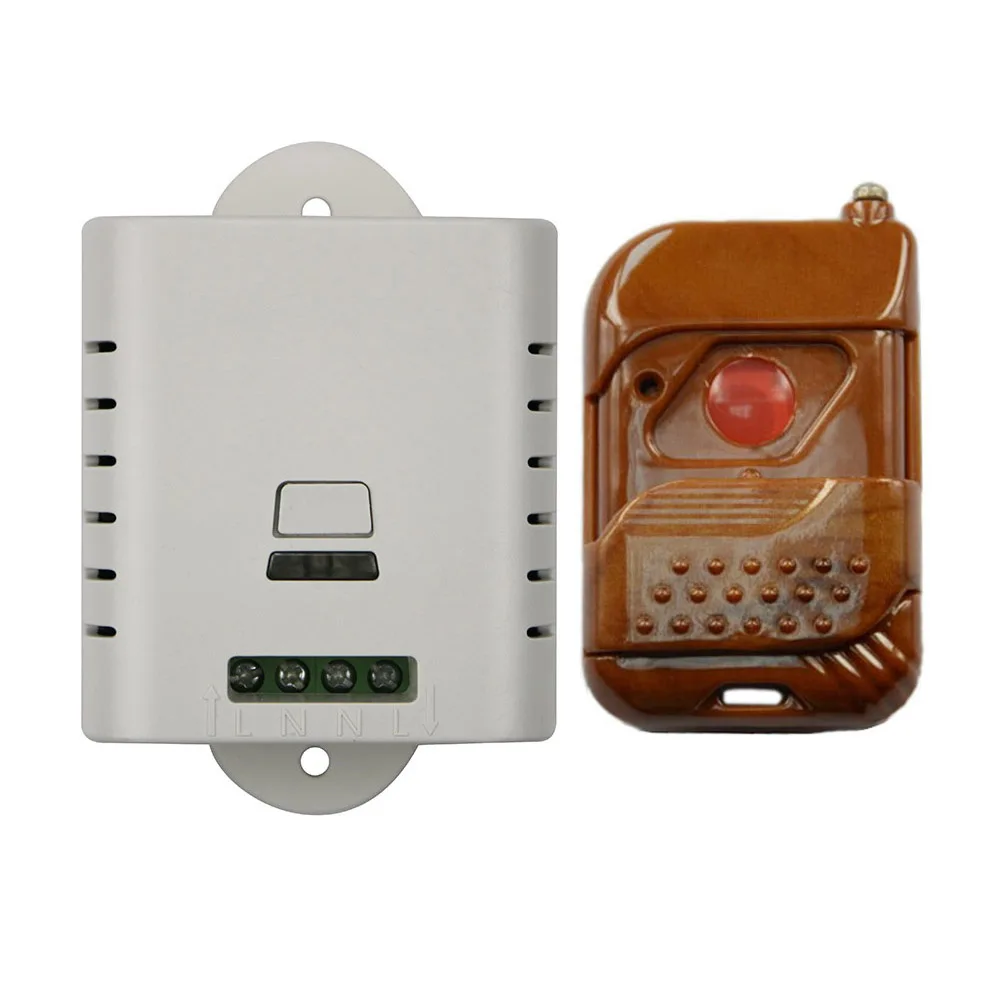

The infrastructure is burdened by tons of codes and regulations to keep us safe.Īs many people pointed out in the comments to Jason’s article, for many reasons you can’t just scrap our beloved 120V AC house wiring starting with the next new-construction housing development. But if power is generated where it is used-the house-high-voltage is not really needed however, as the NEC constantly reminds us, it can be very dangerous. You can’t do that practically with low-voltage. Of course, the high-voltage electrical distribution system is a necessity if power is generated at some central location, miles from the end user, and distributed over a large network of cables. I wondered: Why convert this up to 120V AC when, as I described, most things are low-voltage? The article raised the question of switching over the power wiring infrastructure of the home to something like 12 volts, based on the idea that solar panels and storage devices like the Powerwall are low-voltage (by low-voltage I mean anything under about 48V, and DC). The article was inspired by a blog post by Paul Self on that promotes the change-over. That CEPro Article The third motivation was the May 2015 article by Jason Knott, “ Will Tesla Batteries Force Home Wiring to Go Low Voltage?” It’s a “game changer” that makes a whole lot of things possible that no one had the incentive to do before.ģ. There is no economic model that saves money for the Tesla Powerwall (Solar City can’t even make an argument for it), yet the thing is sold-out for the next two years and there isn’t enough capacity in Tesla’s new $5 billion factory to keep up with expected demand. Elon Musk managed to pull off a “Steve Jobs”! While the Powerwall is probably not the change-over technology needed in its present form (Version 1.0), the most interesting thing about the device is not the technology.
#120V SMART TIMER SERIES#
The specs state “voltage: 350-400 volts.” I assume this is because most of the internal Li-ion batteries are wired in series to keep internal currents to a minimum. After doing more research on the thing I haven’t been able to find enough technical details about what’s behind the cool facade. Maybe it could be the catalyst to make that happen. This could be the most innovative device for the home since the flush toilet.Īfter watching how this thing works, I immediately thought about the possibility of using it to go low-voltage in the home. Like a lot of you, I was totally impressed. Tesla’s Powerwall Debut The second motivation was the announcement of Tesla’s Powerwall (PW) for the home. Most of the cost of LED lighting is in the built-in power conversion electronics.Ģ.

Everything is LED-inherently low current, low-voltage devices that have to live in a 220 or 120V AC environment. Where I live, you can’t easily buy an incandescent light. The most recent big low-voltage change-over is lighting. Almost everything outside the kitchen runs on low-voltage: TV’s, computers, LED lighting, network equipment, games, etc. The reason it’s there is to transform the legacy 120V AC power down to a low-voltage that modern electrical and electronic equipment use. The transformers are always warm to the touch. We have several LED circuits that switch the secondary of the power supply to turn it on/off. Then there is the modem, router, switch, and two WAPs.īut the big power-eater I forgot was the low-voltage lighting, mostly LED. I also counted 12 plug-in-the-wall power supplies (wall warts): computer chargers, power supplies for phones, computer accessories, and other “low-power” gadgets. While they are not supposed to eat much power when off, they add up.
#120V SMART TIMER FULL#
The house is full of little LED lights, the ones on the TV, amplifier, PlayStation, DVD player, etc. It became obvious that evening when I turned out the lights. I have a small house (about 1,600 square feet), so that seemed like a lot. We have 220V power where I live (Turkey) so that’s about 400 watts. I figured something was malfunctioning and eating power, so I went around and turned everything off again, same as before, and put a current clamp on the line into the house. It was about a third of our regular trying-to-be-thrifty bill. About two weeks after we returned, I got the electric bill that covered the time we were gone. But I didn’t go around unplugging everything. Before I left, I made sure everything I could think of was off: lights, computers, A/V gear, etc.

An In-Home Experiment Last month, my family took a three-week vacation to the coast. Three events got me re-thinking DC power recently:ġ. Remember “Smart House?” Below, we revisit that bold (and ultimately unsuccessful) power-distribution initiative, and consider new models that just might work today.


 0 kommentar(er)
0 kommentar(er)
